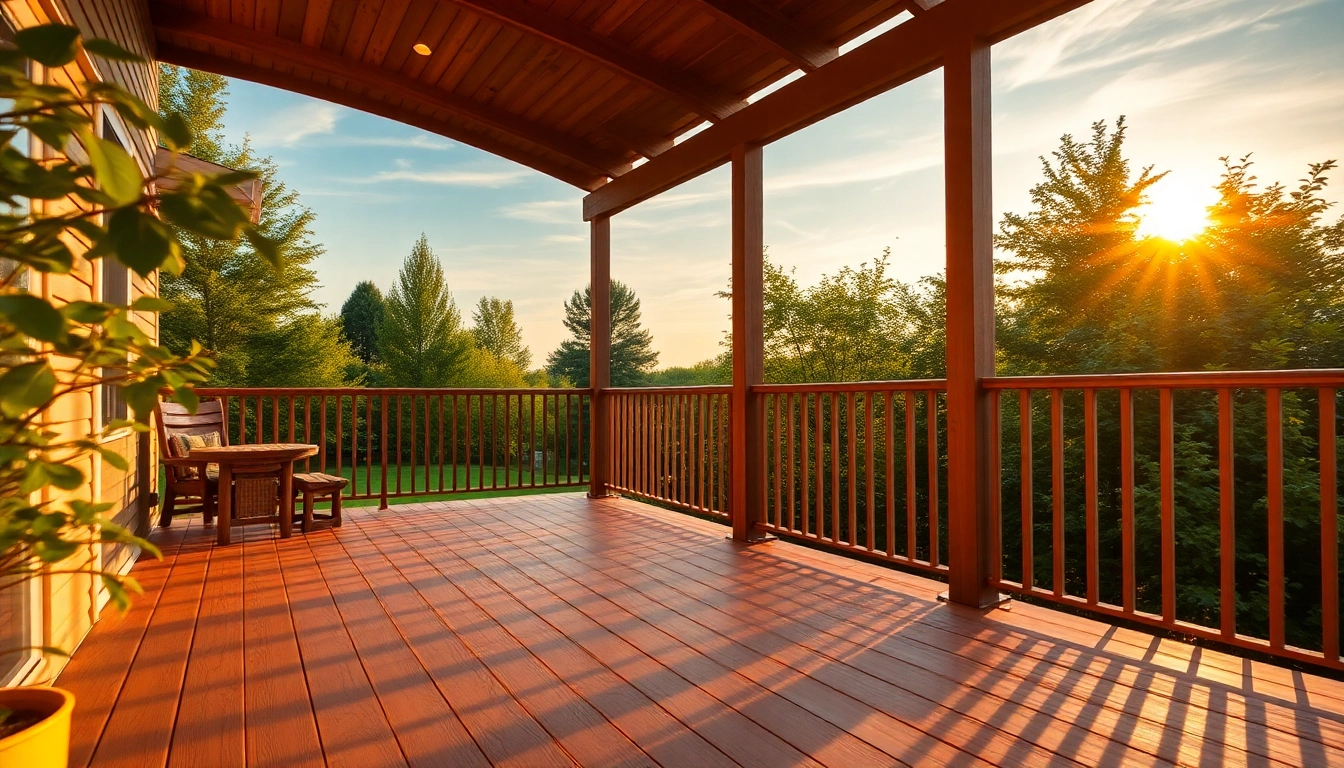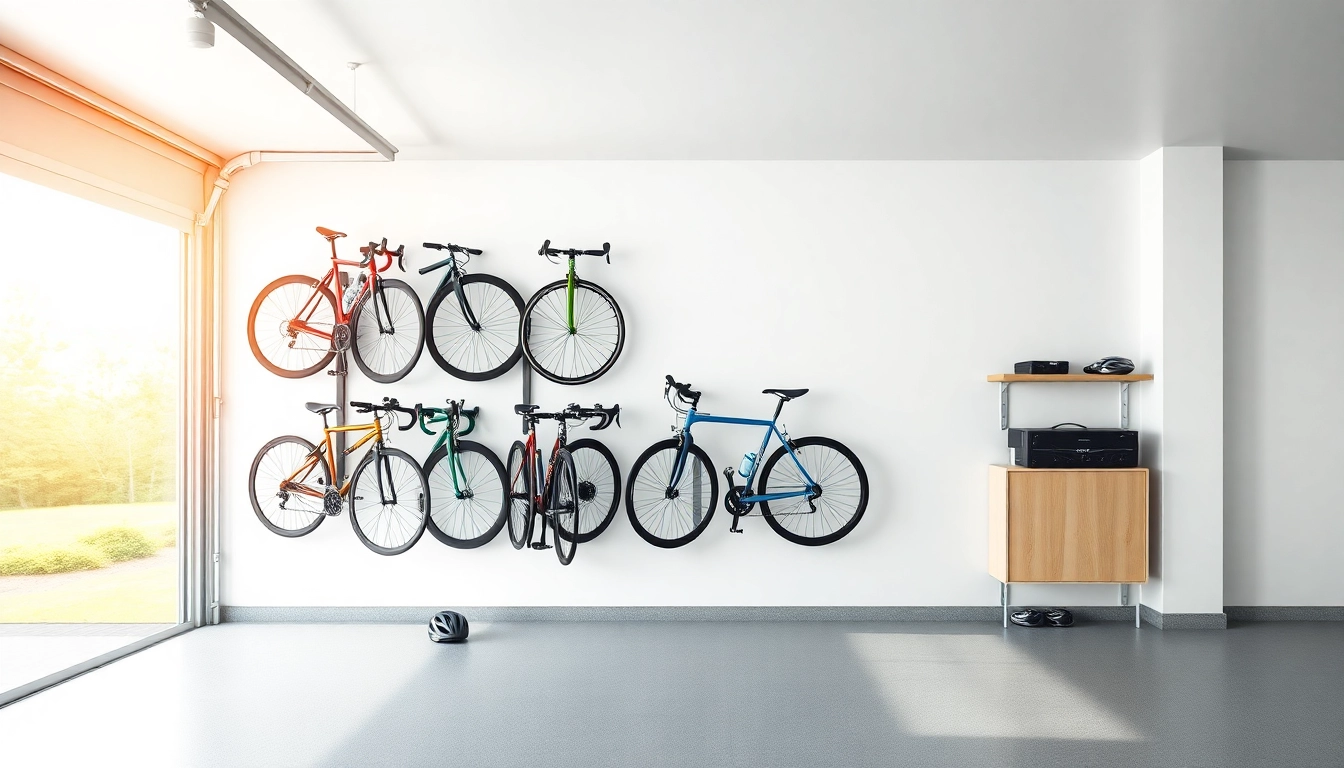Understanding Deck Construction Basics
Deck construction is a popular way to extend your living space outdoors, offering a perfect venue for relaxation and entertainment. Building a deck involves several key components, careful planning, and adherence to safety regulations. This comprehensive guide will take you through the essential elements of deck construction, including the critical components, material selection, and safety considerations. If you’re ready to enhance your outdoor environment, understanding deck construction is the perfect first step.
1. Key Components of a Deck
A deck is a complex structure comprised of several distinct parts, each playing a vital role in the overall safety and longevity of the outdoor space. Understanding these components is crucial for both DIY enthusiasts and professional builders alike.
- Footings: These are concrete blocks or poured concrete set below the frost line that provide a stable base for your deck.
- Support Posts: Vertical structures that transfer the load of the deck to the footings.
- Beams: Horizontal supports that connect the posts and hold up the joists. They are critical for distributing the weight of the deck.
- Joists: These are the boards that run perpendicular to the beams and support the decking boards. Properly spaced joists are essential for maintaining a strong deck.
- Decking: The surface that you walk on, typically made of wood or composite materials.
- Railing: Necessary for safety, railings provide a barrier around the deck, especially for elevated structures.
- Stairs and Ramps: Accessibility features that assist movement to and from the lower ground.
Each component must work together to create a sturdy and enduring structure. Neglecting any aspect can compromise both safety and aesthetics.
2. Choosing the Right Materials
When selecting materials for deck construction, consider durability, maintenance, and aesthetic appeal. Here are some common materials:
- Wood: Traditional and popular, available in various types such as cedar, redwood, and pressure-treated lumber. Each has its benefits, like natural appearance and good durability but may require regular maintenance.
- Composite Decking: Made from a mixture of wood and plastic, composite decking is low-maintenance and resistant to rot and insects, making it an excellent long-term investment.
- PVC Decking: A synthetic option that offers excellent weather resistance and durability, making it ideal for harsh climates.
Each material comes with its pros and cons, so weighing these factors against your personal needs, climate, and budget is essential.
3. Safety Regulations and Codes
Before starting any construction, familiarize yourself with local building codes and regulations. These guidelines help ensure that your deck is not only safe and secure but also compliant with local laws. Typical safety considerations include:
- Minimum size and spacing requirements for footings and beams.
- Height and spacing specifications for railings.
- Weight limits for your deck based on the materials used and local conditions.
Consulting with local building authorities can help clarify specific requirements, ensuring that your deck is built to last.
Planning Your Deck Project
Every successful construction project begins with a carefully crafted plan. This phase involves design considerations, budgeting, and securing necessary permits.
1. Designing Your Dream Deck
Designing a deck requires consideration of both functionality and aesthetics. Start with these steps:
- Determine the primary purpose of your deck: entertainment, relaxation, or gardening.
- Choose a layout that fits your landscape and meets your needs while adhering to local codes.
- Incorporate features like built-in seating, planters, or lighting to enhance usability.
Drafting sketches or using design software can help visualize the final outcome before you proceed with construction.
2. Budgeting for Your Deck Construction
Creating a budget is crucial to avoid overspending and to ensure you can afford the materials and labor. Consider these factors in your budget:
- Materials: Prices for wood, composite, or PVC vary significantly.
- Labor: If hiring professionals, include costs for labor, tools, and any additional services like design consultations.
- Permits and Inspections: Account for any fees associated with local permits or inspections.
On average, homeowners can expect to pay between $3,920 and $10,540, depending on the size and complexity of the project.
3. Permits and Documentation
Most areas require permits for deck construction to ensure compliance with safety regulations. Steps to obtain permits include:
- Contact your local building authority to understand specific requirements.
- Submit detailed plans for approval.
- Schedule inspections during key points of the construction process.
Having your documentation in order will facilitate smoother inspections and help you avoid potential fines or required modifications.
Tools and Equipment for Deck Construction
Having the right tools is crucial for a successful deck build. Here are some essential tools and equipment needed throughout the process.
1. Essential Tools for DIYers
A good toolkit can simplify your construction process significantly. Recommended tools include:
- Power Drill: For driving screws and creating holes.
- Circular Saw: Necessary for cutting lumber to the appropriate lengths.
- Measuring Tape: Ensures accurate measurements for a level structure.
- Level: For ensuring that your deck is built straight and level.
- Safety Equipment: Safety goggles, gloves, and a sturdy work belt are essential for protection.
Investing in high-quality tools will enhance efficiency and improve results.
2. Equipment for Structural Integrity
In addition to hand tools, having access to certain equipment can assure the structural integrity of your deck:
- Post Hole Digger: Used for digging holes for footings.
- Concrete Mixer: If using concrete footings, a mixer can save time.
- Scaffolding: Essential for elevated decks, providing stability and safety when working at heights.
Utilizing proper equipment will not only help streamline your work but will also enhance your overall safety on the job.
3. Safety Gear You Can’t Ignore
Never underestimate the importance of safety gear when engaging in deck construction. Essential safety gear includes:
- Hard Hats: Protects your head from falling objects.
- Safety Glasses: Shields your eyes from dust and debris.
- Steel-Toed Boots: Provides foot protection from heavy equipment and materials.
- Gloves: Protects your hands from splinters and sharp objects.
Wearing appropriate safety gear can prevent injuries and create a safer working environment.
Executing Your Deck Build
Now that your planning is complete and you have the necessary tools and equipment, it’s time to execute the build. The construction phase consists of several key steps.
1. Preparing the Site
Before you start building, it is crucial to prepare the site correctly:
- Clearing the Area: Remove any debris, vegetation, or obstacles from the construction zone.
- Marking Layout: Use stakes and string to outline the shape and dimensions of the deck.
- Excavating Footings: Dig holes for footings following the plan you’ve drawn up.
A well-prepared site sets the foundation for a successful construction project.
2. Step-by-Step Construction Process
The construction process generally follows these steps:
- Install Footings: Pour concrete into the dug holes to create sturdy foundations.
- Set Posts: After the concrete is set, install the support posts.
- Attach Beams: Connect beams to the posts using brackets or nails.
- Lay Joists: Install joists at regular intervals to support the decking.
- Attach Decking Boards: Secure your decking boards to the joists to create the walking surface.
- Install Railings: Add railings for safety, especially if your deck is elevated.
- Finish with Staining or Sealing: Protect your wood with a stain or sealant to prevent weather damage.
3. Common Mistakes to Avoid
In the excitement of constructing your deck, it’s easy to overlook important details. Some common mistakes include:
- Poor Planning: Failing to have a clear design and structure can lead to costly modifications.
- Inadequate Footing Depth: Shallow footings can undermine your deck’s stability, especially in areas with frost.
- Overcrowding Joists: Not following spacing guidelines can lead to structural issues in the future.
- Neglecting Safety: Skipping safety gear can result in injuries and accidents on the job.
Being mindful of these potential pitfalls can save time, money, and frustration throughout your build.
Finishing Touches and Maintenance
Once the construction is complete, it’s time for the finishing touches, which enhance aesthetics and ensure the longevity of your deck.
1. Staining and Sealing Your Deck
Protecting your deck from the elements is key to maintaining its appearance and durability. Consider these steps:
- Choose Quality Products: Use high-quality stains and sealants designed specifically for outdoor wood.
- Apply Properly: Ensure surfaces are clean and dry before application; follow manufacturer instructions for best results.
- Regular Maintenance: Reapply stain or sealant every few years to protect against sun and moisture damage.
Proper maintenance will safeguard your investment and keep your deck looking new for years to come.
2. Long-term Care Tips for Durability
To prolong the lifespan of your deck, adhere to these care tips:
- Perform regular inspections for signs of wear and tear.
- Promptly address any repairs needed, such as replacing rotting boards or reinforcing loose railings.
- Clean your deck regularly to eliminate dirt, mold, or mildew, particularly in shaded areas.
These practices help maintain the structural integrity and aesthetics of your deck over time.
3. Enhancing Aesthetics with Décor
Finally, don’t forget to personalize your deck and make it a true extension of your home. Some décor ideas include:
- Outdoor Furniture: Select weather-resistant furniture to create a cozy atmosphere.
- Lighting: Add string lights or lanterns to enhance ambiance and usability at night.
- Potted Plants: Incorporate greenery for a vibrant and inviting feel.
Personalizing your deck transforms it into a welcoming space for gatherings, relaxation, and enjoyment.



